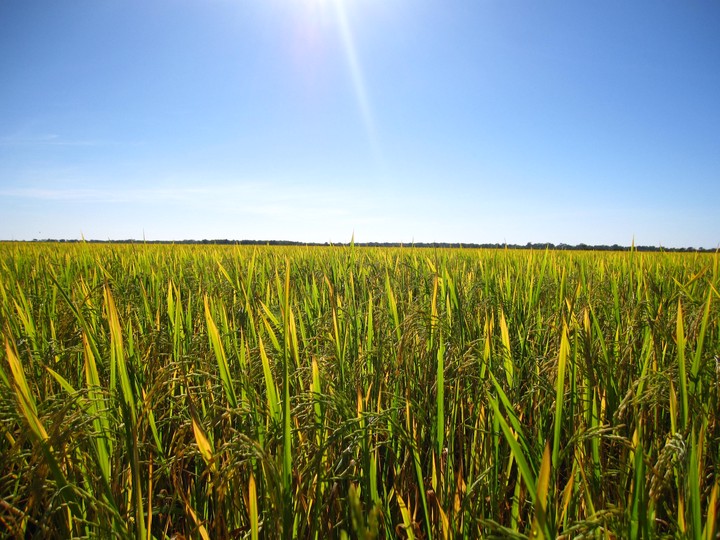Growth and nutrient contents in lowland rice due to phosphorus and potassium fertilization
 Image credit:(Andre FBR)
Image credit:(Andre FBR)
Abstract
In order to reach an optimum and sustainable production, growers must know the fertilizing potassium (K) and phosphorous (P) application rates. The present study aimed to determine the rice development in response to combined rates of P and K, on Plinthaquults (380-400 g/kg of clay), under high and low fertility conditions, in the tropical lowland plain of the Araguaia river, Brazil. Three field experiments were performed, each one consisting of a completely randomized factorial block design, with three replications. Treatments included a combination of six K2O rates (0, 30, 60, 90, 120 and 150 kg/ha) with six P2O5 rates (0, 30, 60, 90, 120 and 150 kg/ha). No interaction effect between P and K rates was observed for the evaluated variables in any fertility level/year. Phosphorous application under low fertility conditions, as well as K under high fertility conditions, affect overall crop nutrition, tillering capacity, yield components and grain yield of lowland rice, though no effects were observed due to the P application in high fertility soils and K in low fertility soils. Under high fertility conditions, the grain yield increment rate due to the K application was 4.04 kg/ha, whereas in the low fertility areas, such as recently cleared fields, a maximum yield of 7,161 kg/ha was achieved by applying 140 kg/ha of P.